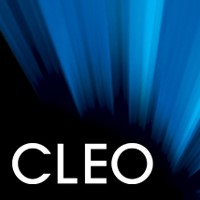Abstract
Short-pulse, high-peak-power lasers are important tools for high-intensity laser- matter interaction experiments. Solid-state table-top terawatt lasers utilize the concept of chirped pulse amplification1,2 to generate near-field intensities of up to two orders of magnitude higher (after compression) than in conventional fusion lasers. Solid target interaction experiments with intensities above 1018 W/cm2 require a very high intensity contrast (~1010:1) to ensure that the laser pulse is interacting with the solid rather than with a pre-formed plasma. Second harmonic generation (SHG) in nonlinear crystals is important because it extends the available wavelength range and significantly improves the contrast ratio.
© 1994 Optical Society of America
PDF ArticleMore Like This
G. Korn, C.Y. Chien, J.S. Coe, J. Squier, G. Mourou, R. S. Craxton, and J.C. Kieffer
MD.16 International Conference on Ultrafast Phenomena (UP) 1994
G. Korn, J. C. Kieffer, Z. Jiang, and G. Mourou
QMG5 European Quantum Electronics Conference (EQEC) 1994
Yanjie Wang, Barry Luther-Davies, Y-H. Chuang, R. S. Craxton, and D. D. Meyerhofer
CFD7 Conference on Lasers and Electro-Optics (CLEO:S&I) 1992

